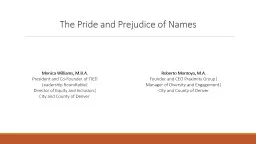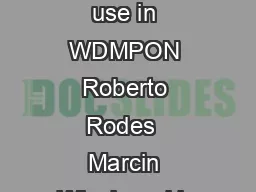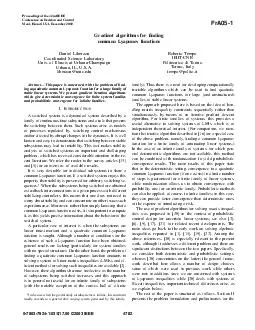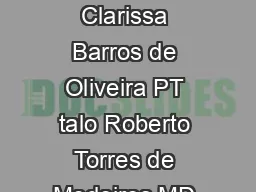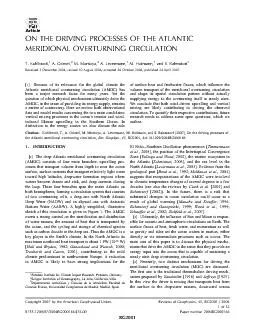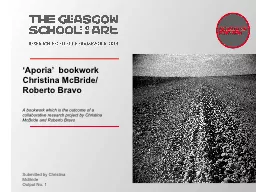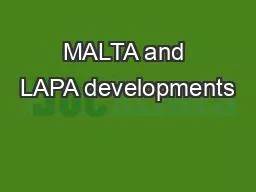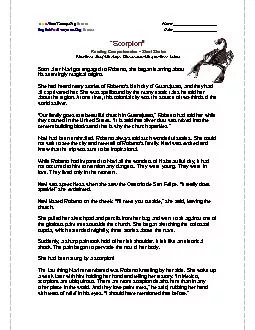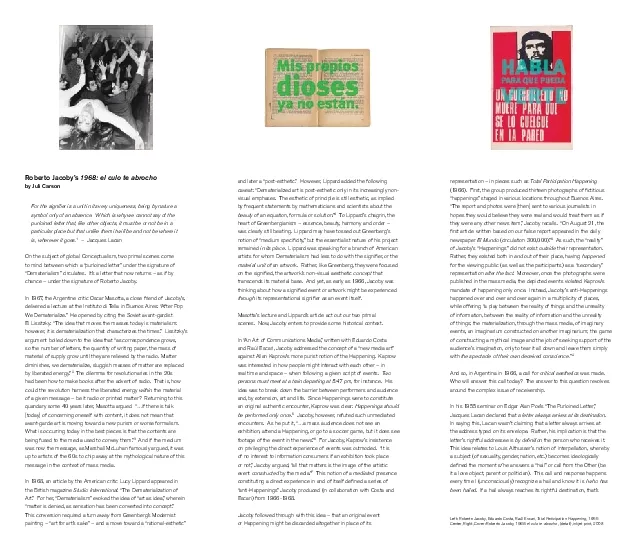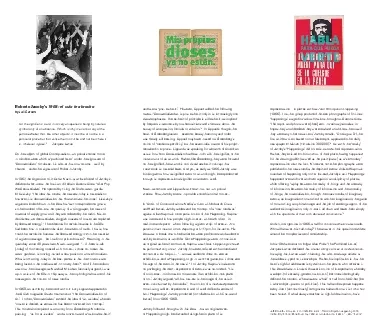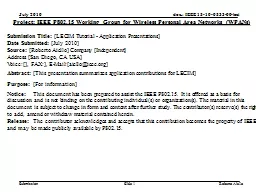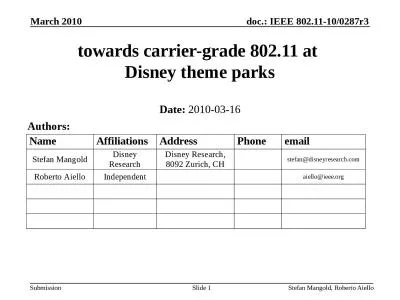PPT-Roberto Montoya, M.A.
Author : tatyana-admore | Published Date : 2019-11-26
Roberto Montoya MA Founder and CEO Praximity Group Manager of Diversity and Engagement City and County of Denver Monica Williams MBA President and CoFounder of TIED
Presentation Embed Code
Download Presentation
Download Presentation The PPT/PDF document "Roberto Montoya, M.A." is the property of its rightful owner. Permission is granted to download and print the materials on this website for personal, non-commercial use only, and to display it on your personal computer provided you do not modify the materials and that you retain all copyright notices contained in the materials. By downloading content from our website, you accept the terms of this agreement.
Roberto Montoya, M.A.: Transcript
Download Rules Of Document
"Roberto Montoya, M.A."The content belongs to its owner. You may download and print it for personal use, without modification, and keep all copyright notices. By downloading, you agree to these terms.
Related Documents

